First, what’s the difference between someone very experienced and someone barely experienced? The more experienced person recovers faster when they make a mistake (and they will still make mistakes).
The last time I ventured out solo on my sailboat was many years ago. To be fair, I’ve gained significantly more experience since then. Maybe you’re even more seasoned than I was back then or more experienced than I am now. Regardless, this incident perfectly highlights why the “buddy system” is a smart move.
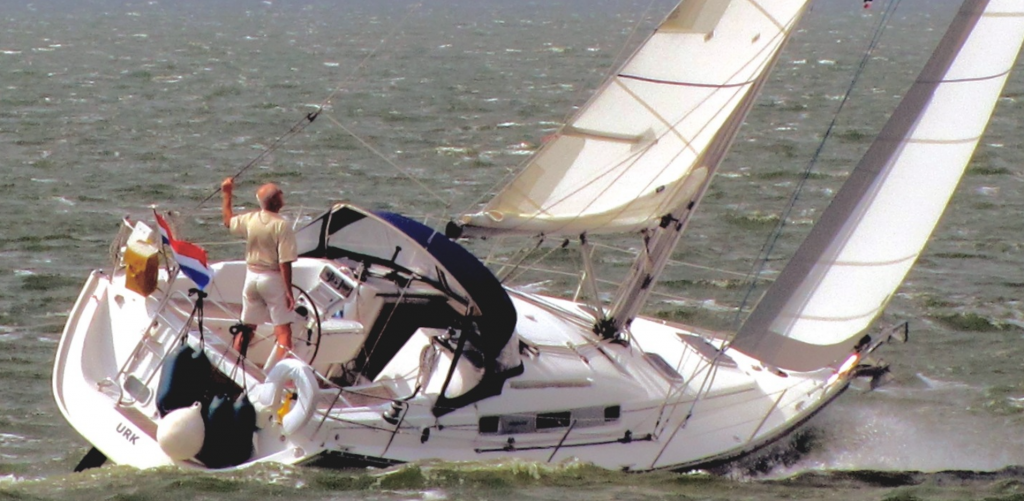
Back then, I co-owned the boat, and one of our partnership rules was to hand it over to the other partners with the waste tanks emptied. There were two options for this task. I could have called the local pump-out service, which cost around $40. They’d swing by and take pump it out. However, for reasons I can’t recall—maybe I was tight on cash or just being frugal—I opted not to spend on the mobile service.
So, I fired up the motor and sailed past rows of boats to reach the pump-out dock conveniently located near the marina entrance. As I approached, the outboard motor on my 28-foot Columbia, suddenly quit. Unfortunately, I focused more on restarting the motor than on my surroundings and, before I knew it, I was dangerously close to the rocks and then, stranded on them.
Quickly reaching for my cell phone, I dialed the tow company I had a membership to, and they dispatched a boat. In the V berth, below I found a couple of oars and attempted to use one to push myself off the rocks. Unfortunately, luck was not on my side—the tide was receding, and I was wedged in. The tow boat arrived pretty quickly, but realizing the risk of causing further damage, they refused to pull me off the rocks. So, a short trip to simply empty out the waste tanks turned into an unexpectedly crappy day (pun intended).
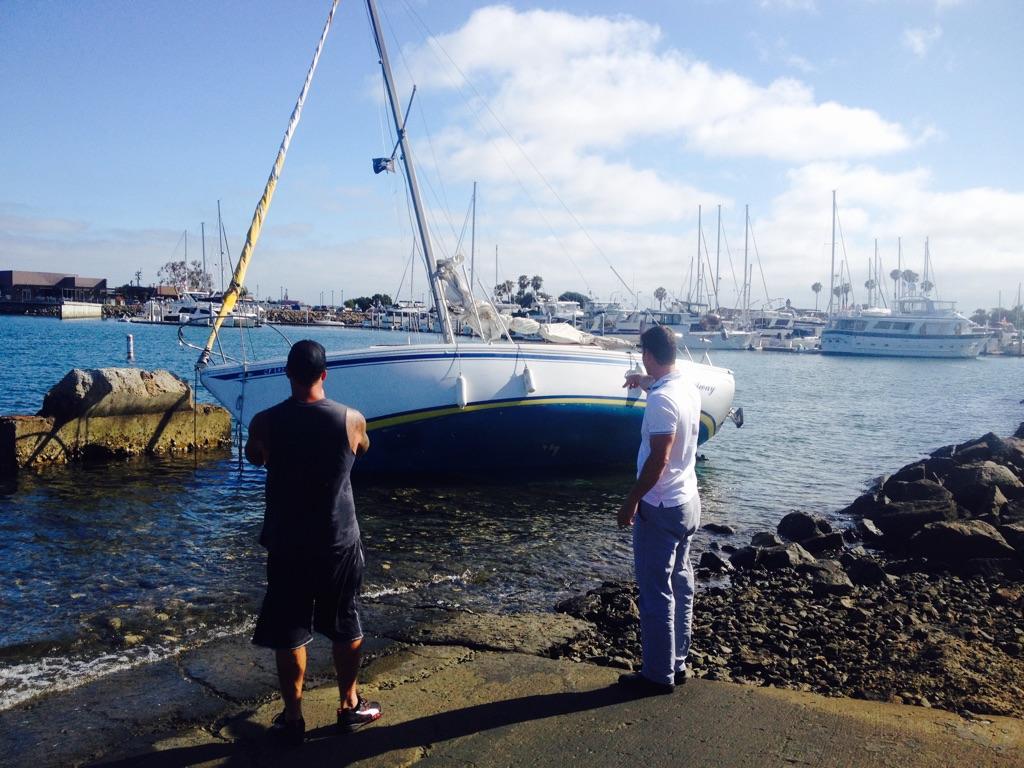
Waiting for the tide to rise again to float the boat off the rocks became my only option. The boat sustained some damage, around two or four thousand dollars’ worth.
Anyway, had I just had another person aboard—someone not necessarily a skilled sailor but with some upper body strength—who could’ve followed my instructions while I wrestled with the motor, we could have easily avoided the rocky predicament.
In retrospect, that ill-fated solo trip stands out not just as a lesson in the intricacies of boat ownership but as a vivid reminder of the invaluable role a companion can play on the water. The mishap during a routine task underscored the significance of having an extra set of hands, eyes, and strength on board. As sailors, we are not just captains of our vessels but custodians of shared experiences. This misadventure, albeit inconvenient and costly, instilled a lasting appreciation for the communal nature of maritime pursuits. Whether novice or seasoned sailor, the story serves as a beacon, emphasizing the importance of camaraderie and teamwork in navigating the unpredictable tides of seafaring adventures.
I literally have not shoved off solo since that day, and I hope you won’t either.
Fair Winds
Captain Jeff Vegas
Watch video testimonials for Captain Jeff Vegas by clicking this link

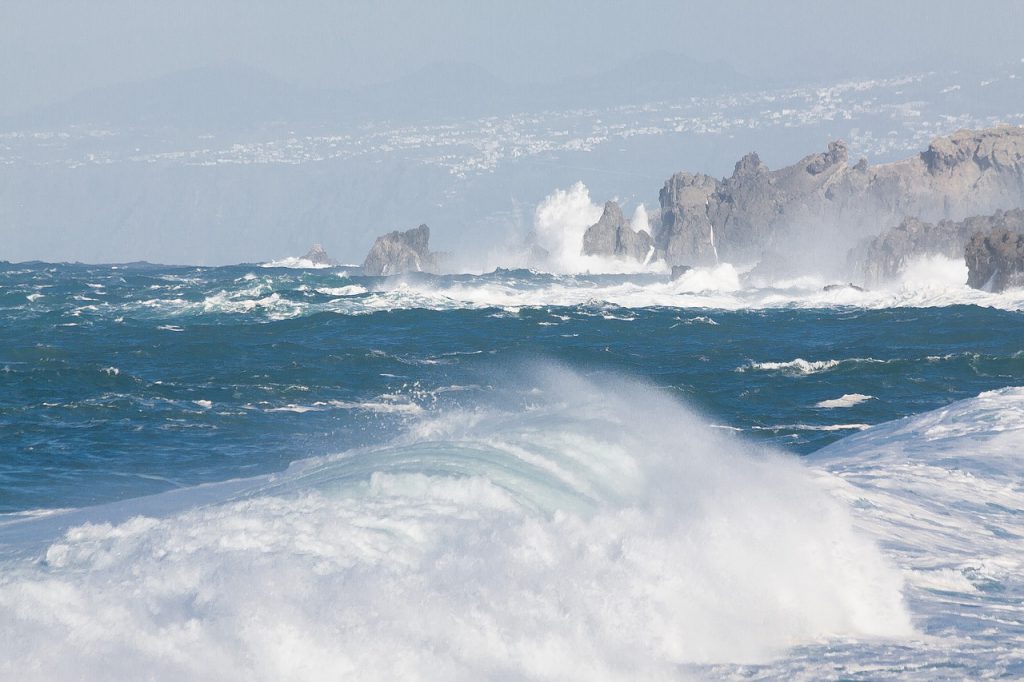
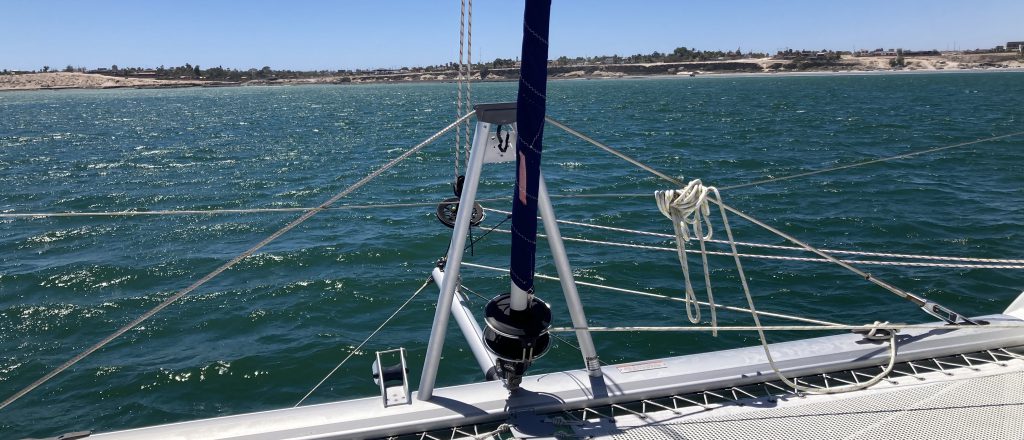

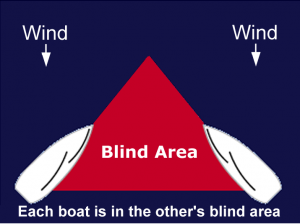
 Photo by
Photo by  Photo by
Photo by 
 Image by
Image by 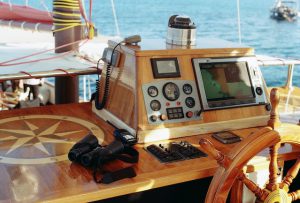
 Terms of Use
Terms of Use